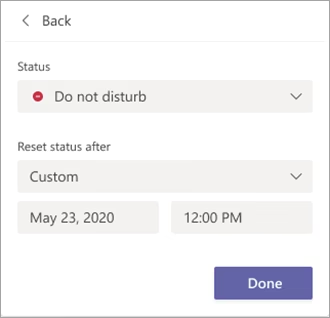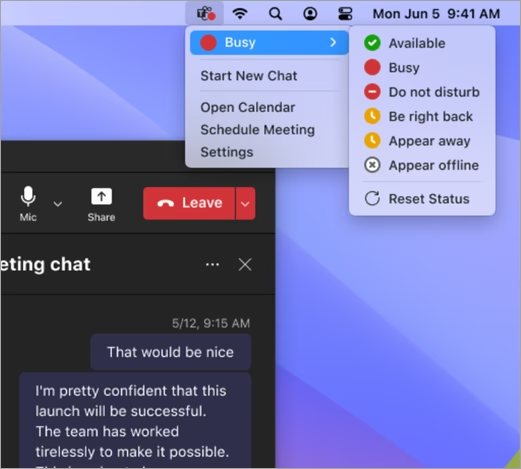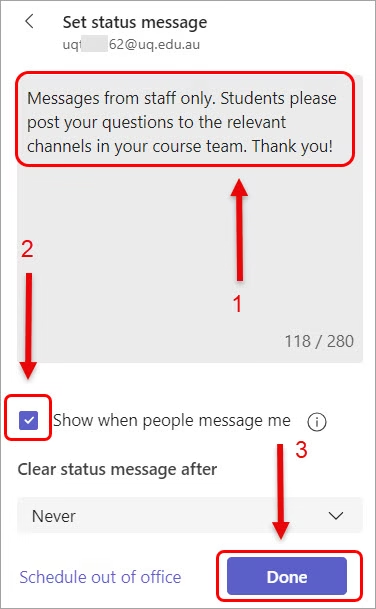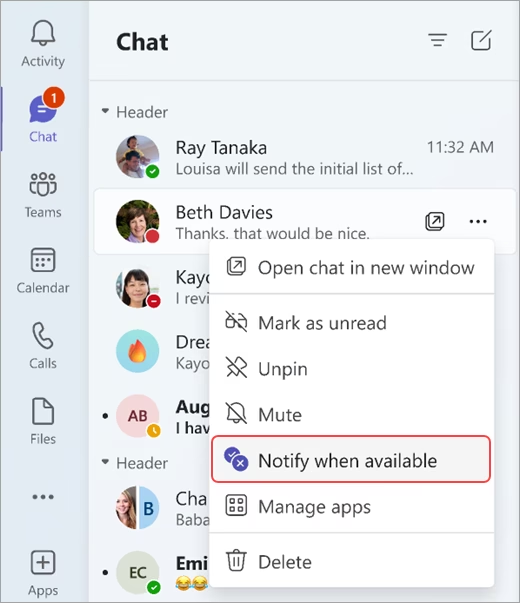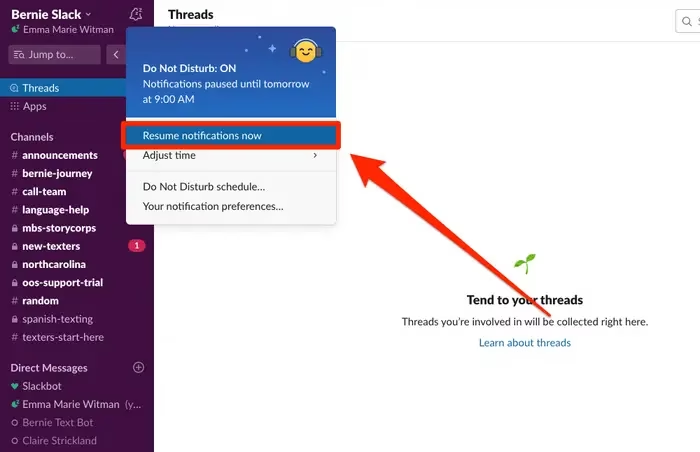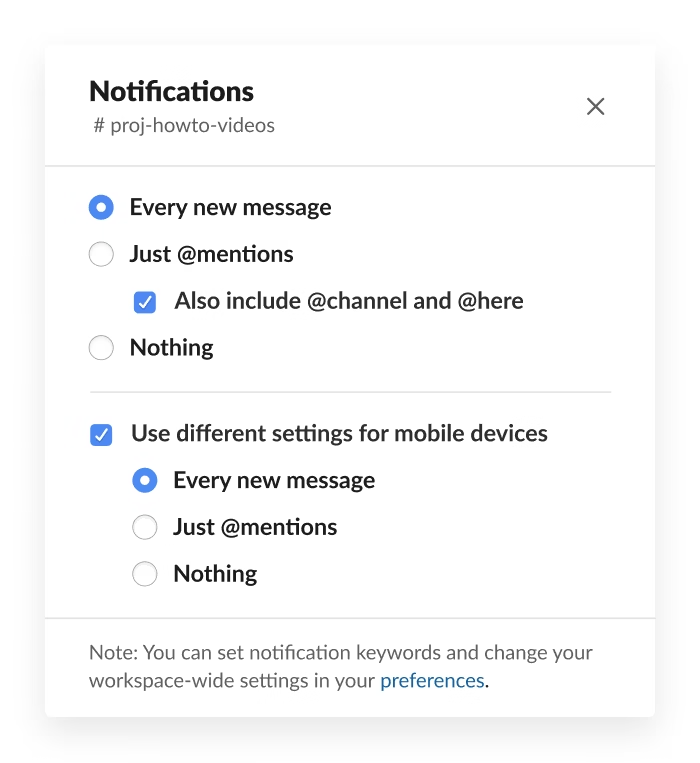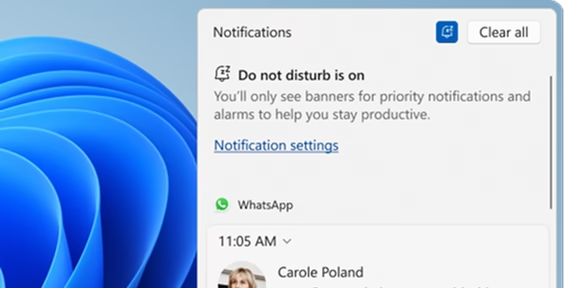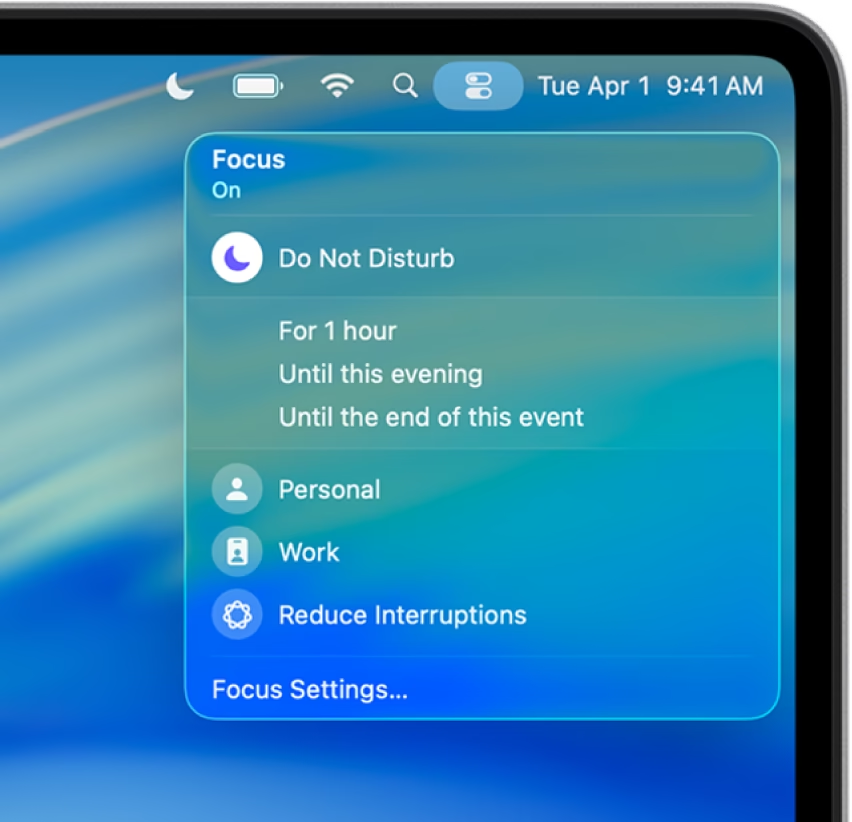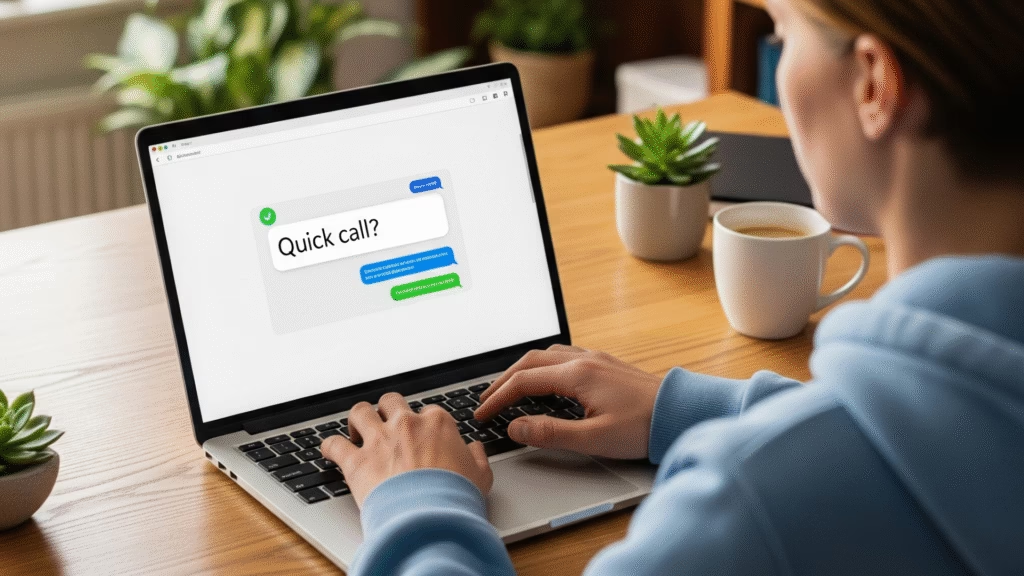
You’re deep in focused work when a colleague pings you with those two words (i.e., Quick Call?) and nothing else. No context, no urgency indicator, no hint about what they need.
Table of Contents
(Problem) Intro
One of my friends who works remotely full-time recently approached me, saying that he gets constant interruptions from colleagues through the chat application, asking for a “Quick call?”. None of the colleagues mentions any indication about what the call is about. When he got into the call, he immediately realised that the enquiry could have been easily rectified by just using the chat with a few sentences, instead of being on the call for 10-20 minutes. I am sure it’s not just him who has faced this experience; many of you (including myself) have faced it many times when working remotely and have also been on both sides of the conundrum.
In this article, we’ll explore how constant interruptions create switching costs that hurt productivity, and discuss practical solutions through company policies and software configurations.
(Productivity Bottleneck) Switch Cost
One of the key productivity bottlenecks in constant interruptions is the switch cost. Task interruption switch cost leads to negative impacts on productivity, efficiency, and well-being when a person switches between tasks.
Switch cost can account for the following problems.
- Time loss: The time loss due to the interruption.
- Resumption lag: Research shows it takes an average of 23 minutes1 to regain focus after a distraction.
- Increased errors: Higher mistakes compared to an uninterrupted task2.
- Reduced productivity: Task interruption prolongs the process of selecting the next task within the current task, resulting in an overall decrease in productivity.
- Mental fatigue: Additional cognitive burnout due to keeping the primary task in active memory all the time.
(Solution 1) Clearly Defined Communication Protocols
Each organisation should have a clearly defined communication protocol to encourage collaboration as well as interruption-free time for focused work.
For example,
- Primary channels, such as Slack/Teams, can be used for quick updates
- Emails can be used for formal correspondence
- Video/audio calls can be used for in-depth discussions
The policy should also include response time expectations (e.g., urgent queries within 1 hour, general inquiries within one business day) and clarify points of contact for technical support, HR matters, and project-related topics.
Check out my article about ‘Unclear Policies on Remote Work Expectations‘.
(Solution 2) Software optimisations
You can adjust the tools you use daily to filter out unwanted notifications that interrupt your focused work sessions. In the following sections, I’ll refer to commonly used communication tools such as Teams and Slack, email clients like Outlook, and operating systems such as Windows and macOS to show how you can configure them to minimise distractions.
Microsoft Teams
1️⃣ Do-Not-Disturb (DND) mode with a duration
On Microsoft Teams, you can set your status to reflect whether you are currently reachable or not. To change your status, select your profile picture at the top right of Teams. Then, select a status from the drop-down list.3
Tip: You can change the status directly by right-clicking on the Teams icon on the taskbar on both Windows and Mac OS.
Windows OS
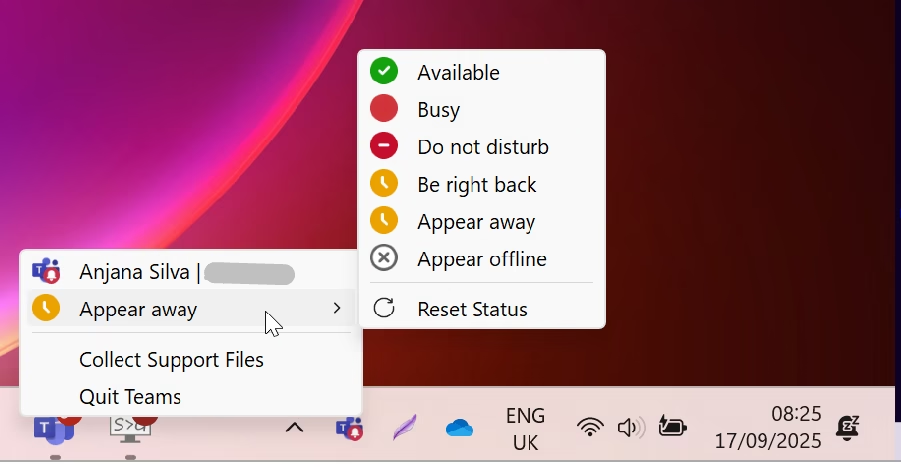
Mac OS
2️⃣ Set a status message with a duration
If you don’t want to set the status, setting an informative/short message instead can be useful. This message can be set to display when someone starts messaging you.
You can use the following informative short message template and modify it based on your specific requirement.
I'm working on [project name] with a deadline of [date] and will have reduced availability for non-urgent matters. Please call only for time-sensitive issues that can't wait until [date]. For all other requests, please send a message and I'll respond within [X hours/by date]. Thank you for your understandingThis approach will help keep non-urgent interruptions at bay until you’ve finished your current task. If the matter is genuinely urgent and someone else is available to help, they’re likely to turn to them in the meantime. That said, be mindful not to come across as uncooperative. It’s important to remain collaborative while also protecting time for focused, uninterrupted work. Finding the right balance is key.
3️⃣ Know when someone is online
This is helpful if you want to talk or chat with your colleague who is currently offline. You can keep track of someone’s status and get notified when they become available. This can also be used to notify when someone becomes offline. However, in my personal opinion, being notified when someone is offline isn’t useful.
You can set this up under the Settings -> Notification and Activity section or by right-clicking on a person.
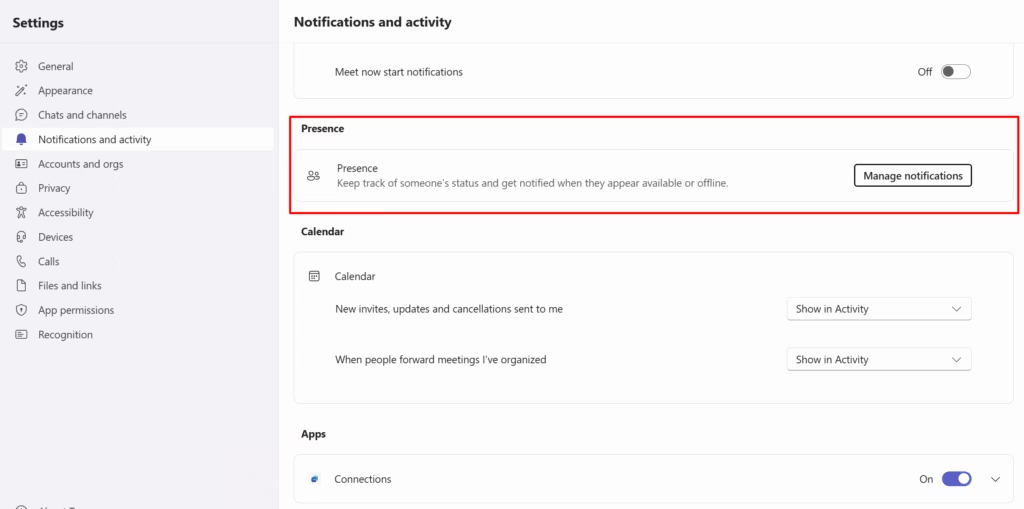
Right-click on a person and click on “Notify when available” 4.
Slack
1️⃣ Pause notifications with do not disturb
On Slack, you can pause notifications with do not disturb by simply clicking on your profile icon. When you are done, you can resume notifications.
If you are short on time, you can use the slash commands5 to quickly turn DND on or off.
For example, pause notifications for 15 minutes
/dnd for 15 minsand resume notifications
/dnd off2️⃣ Mute a channel
If you are primarily interrupted by constant messages to a specific channel, you can simply mute that channel. (You can mute a channel in Teams too6)
Outlook
1️⃣ Block your calendar
Block your calendar for focused work and mark it as “Busy”. If you are using Microsoft Outlook and Teams, when you set the status as “Busy” in your Outlook calendar, it will show “Busy” on your Teams.
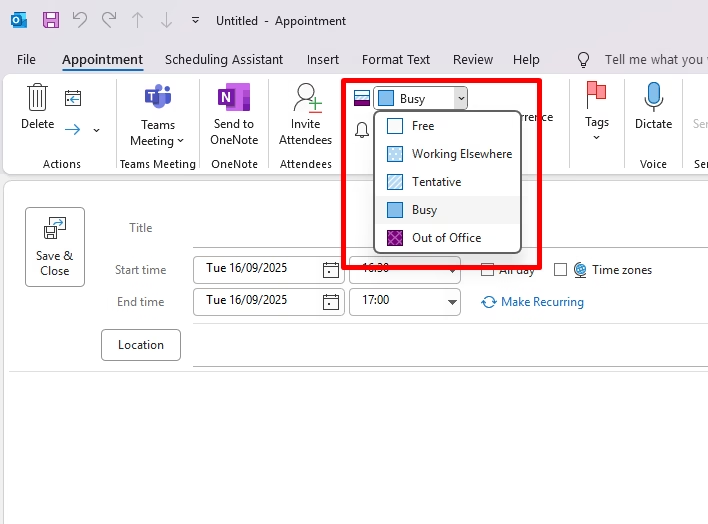
Windows OS
1️⃣ Do not disturb
You can use the Windows do-not-disturb mode to pause notifications. The Do Not Disturb mode can be used to control which notifications are shown to prevent interruptions.
To manually turn on do not disturb, open the notification center and select the bell icon with zZ on it. With do not disturb on, you will only receive banners for alarms, reminders, and apps of your choice. Other notifications are sent directly to the notification center until you turn it off.7
2️⃣ System > Focus
Similar to the Do Not Disturb mode, the Windows Focus feature is also designed to help you stay focused by minimising distractions8. Focus sessions are useful for concentrating on short periods, without any badges or flashing items appearing on the taskbar. What I particularly like about the Focus feature is the configurable desktop clock that shows how much time remains in the session. A Focus session can also be configured to enable Do Not Disturb mode.
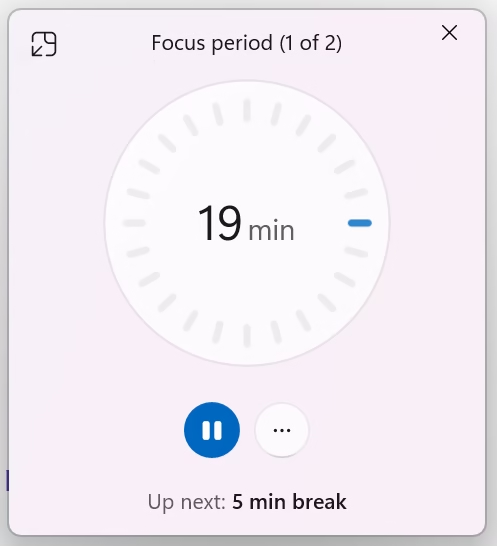
Mac OS
1️⃣ Focus Mode
Similar to Windows, there is a Focus mode on Mac OS too. You can use this option to keep distractions at bay.
2️⃣ Block notifications from certain apps
You can turn off notifications for an app or website on your Mac. However, be aware that you will not get any notifications from that app or website until you allow them again9.
In a Nutshell
Overcoming notification distractions when working remotely is one of the hardest challenges faced by remote employees. A tiny 2-minute interruption can have a long-lasting effect on overall productivity and create efficiency bottlenecks. Communication distractions can be minimised by implementing well-defined communication protocols and carefully configuring the communication tools that we use day in and day out.
What is your biggest communication distraction, and how do you overcome it? Comment below.
🎯 Need Expert Help?
If you’re facing challenges with remote work, I offer 1:1 coaching and tailored support to help you succeed at remote setup. Whether you’re just starting out, growing as a remote contributor, leading a team, or launching a remote-first start-up, Remote Winners offers targeted 1:1 coaching to help you thrive in a distributed world. We also provide tech consultancy services—from idea-to-product guidance to cloud deployment and cybersecurity reviews—to help organisations strengthen their technology and processes.
If you are unsure where to begin, drop us a message and we’ll be in touch.
Sources
- https://ics.uci.edu/~gmark/chi08-mark.pdf ↩︎
- https://pmc.ncbi.nlm.nih.gov/articles/PMC10896823 ↩︎
- https://support.microsoft.com/en-gb/office/change-your-status-in-microsoft-teams-ce36ed14-6bc9-4775-a33e-6629ba4ff78e ↩︎
- https://support.microsoft.com/en-gb/office/get-notified-when-someone-s-status-changes-in-microsoft-teams-7363ccdb-40d2-4628-b03d-c8f515830933 ↩︎
- https://slack.com/intl/en-gb/help/articles/214908388-Pause-notifications-with-do-not-disturb ↩︎
- https://learn.microsoft.com/en-us/answers/questions/4441442/how-to-turn-off-individual-channel-notifications-i ↩︎
- https://support.microsoft.com/en-gb/windows/notifications-and-do-not-disturb-in-windows-feeca47f-0baf-5680-16f0-8801db1a8466 ↩︎
- https://support.microsoft.com/en-gb/windows/focus-stay-on-task-without-distractions-in-windows-cbcc9ddb-8164-43fa-8919-b9a2af072382 ↩︎
- https://support.apple.com/en-gb/guide/mac-help/mchl39cc046c/mac ↩︎


